Fans of in-depth strategy games like Civilization 6 got a new toy to play with when Victoria 3 launched. But the complexity meter for Victoria 3 is turned all the way up, making this game difficult to get into.
The game does have a tutorial for players that gives them the basics of how to play, but it doesn’t really offer the tools to master the game unless players use the built-in tool tips, which naturally require a lot of reading.
For those just getting into the game who have never played something like this before, here are seven things you’ll want to keep an eye on during your gameplay of Victoria 3.
1) Manipulate the Market
The Market is one of the most important parts of the game because it controls the goods being bought and sold across the entire market. There are four tabs under the Market screen. The first is Staple Goods, which are the goods that your people need simply to survive. Industrial Goods are used to create more complicated goods, which leads to Luxury Goods. These are things that people like to have but don’t need to survive. The last category is Military Goods, which you’ll need to create a strong army and navy.
As with many economies, the Market is impacted by supply and demand. Players can see the demand by looking at the Buy Orders and demand by the Sell Orders. The balance between these two things will impact the Market Price of a good in your empire. Players can use this balance to manipulate the market price by setting up trade routes and export routes.
To successfully manipulate your Market in comparison with other nations is to exploit high prices in other nations to export your surplus to, and import surpluses from other nations to pad a good that you are short on.
2) Population
Your nation is filled up of people, or Pops, and Victoria 3 shows you each individual person that lives in it. It is important to keep track of what your Population is doing to ensure the well-being of the nation as a whole.

The Standard of Living affects the Pop’s growth rate, loyalty to your nation, and how much of the Population will be born into that status. Players can look at their Net Income, what they’re being taxed, down to exactly what they spend their money on. Pops that are making money will progress through the Standard of Living, and those who are losing money will decrease.
There are three Stratas in the Standard of Living Scale where your Pops will sit. Each of these is filled with Professions within their Strata. The higher the Strata, the better your Pops are thriving in your nation.
3) Natural Resources
There are many ways to get goods in Victoria 3, and one of the ways you’ll always want to use is Natural Resources. Especially if you plan to use a lot of trade routes, having a surplus of the resources you have access to within your nation is essential. The more natural resources, the better your production line for Luxury Goods. Just be careful not to gather so much of the resource that prices for that good plummet.
4) Set your Resource Buildings to auto-upgrade
Your Buildings are what produce the goods for your nation, and they’ll need to be producing as much as possible to fund your profits from exports from the things you build with Natural Resources. Having a lot of production from raw goods increases your prestige, which can then lead to you becoming a world leader in that good’s production.
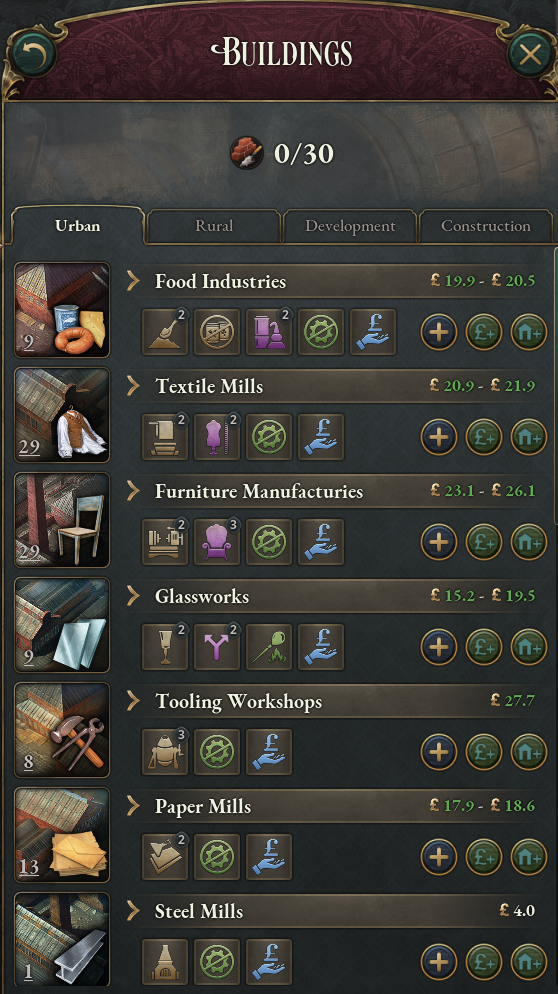
Note that when you start unlocking new methods of upgrading, you’ll want to start to take a more hands-on approach. If you expand too quickly, your demand will increase faster than you can keep up with supply. The more complex your goods become to create, the more resources you’ll need to produce them. As you progress through the game, the required materials become more demanding and more difficult to produce.
5) Bureaucracy, Authority, and Influence
These three things make up your capacities, which measure your nation’s power in each of these main aspects. Players earn capacities in several different ways, such as from specific laws, world ranking, and certain government buildings. When you earn capacities, you can choose how to spread them out to obtain your goals. Underspending capacities can lead to a boost in one aspect, while overspending can contribute to penalties and eventually bankruptcy.
6) Debt isn’t that bad
In many economic simulation games, a negative balance and having to borrow from other sources of money can be the beginning of the end of your game. But that’s not the case in Victoria 3. In this game, your gold reserves can actually max out, so you’ll want to make sure that you are spending the gold you bring in instead of hoarding it for when things go south.
Players can borrow capital from their Pops called Credit. Being in debt isn’t necessarily a bad thing, but you’ll want to keep an eye on how much Credit you’re taking since you’ll want to avoid bankruptcy. If you are finding yourself on the brink of too much debt, you can add taxes, pause construction, or free up bureaucracy if you need to.
7) Politics
In any nation, Politics is one of the most important parts of a country. In the Politics menu, there are three tabs: Government, Laws, and Institutions. All three of these will have an influence on your overall Politics. For example, you can choose what Interest Groups your nation will support and which ones you will not.
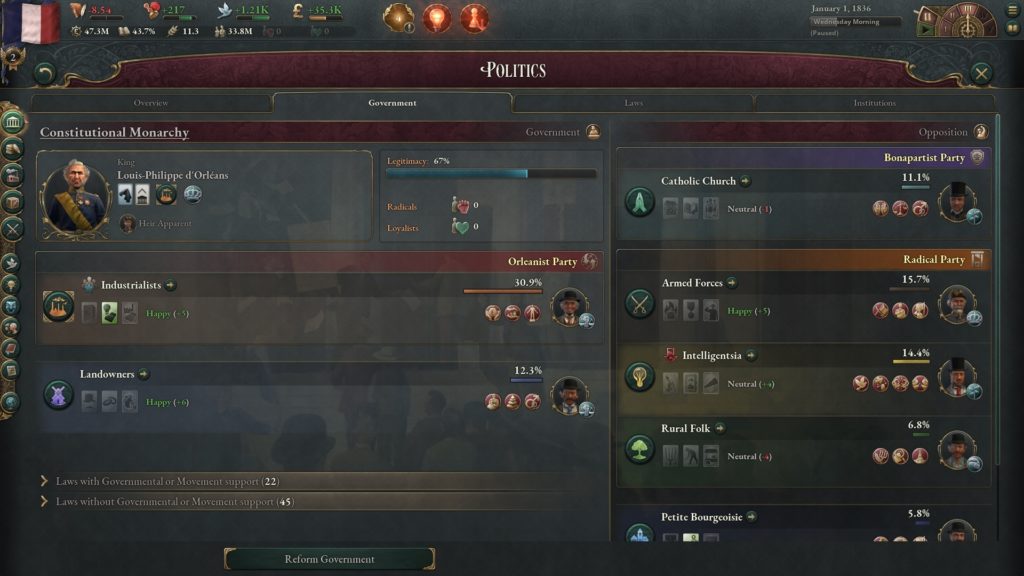
You’ll want to keep an eye on your Legitimacy since if it drops to zero, you won’t be able to pass any laws or change anything about your Government. You can move Interest Groups around to manipulate your Legitimacy.
While these seven tips are barely scratching the surface of what the game has to offer, players will have to practice in the game and pay attention to in-game tips to master this complex economy simulator.


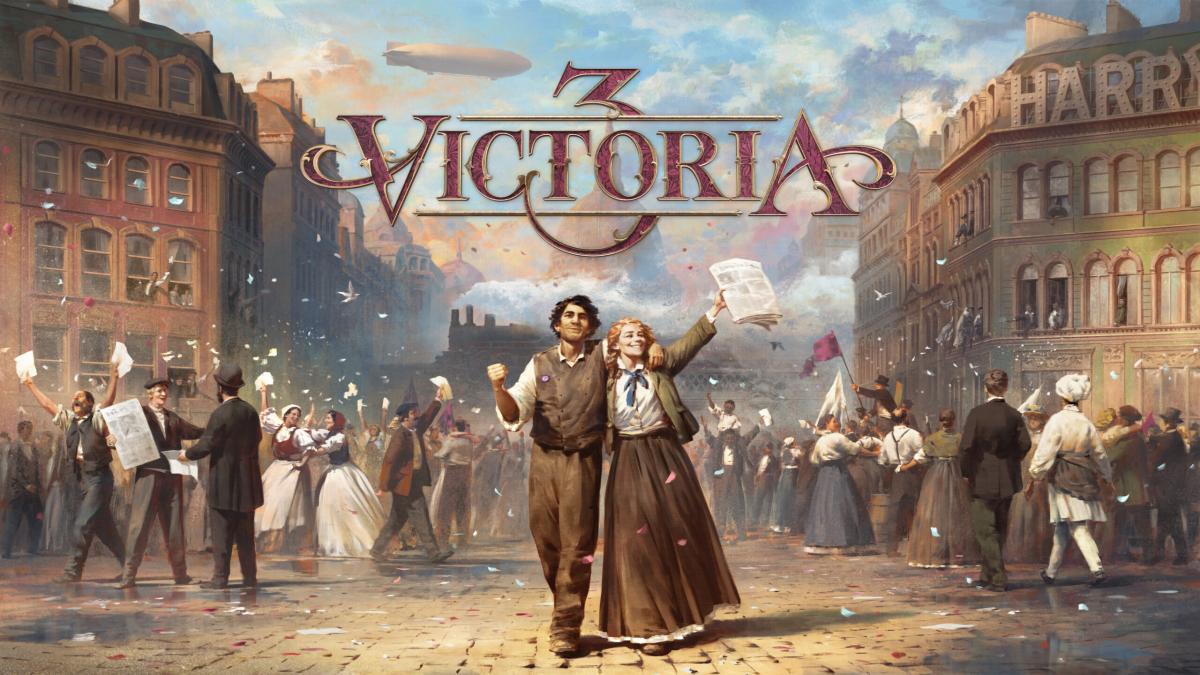

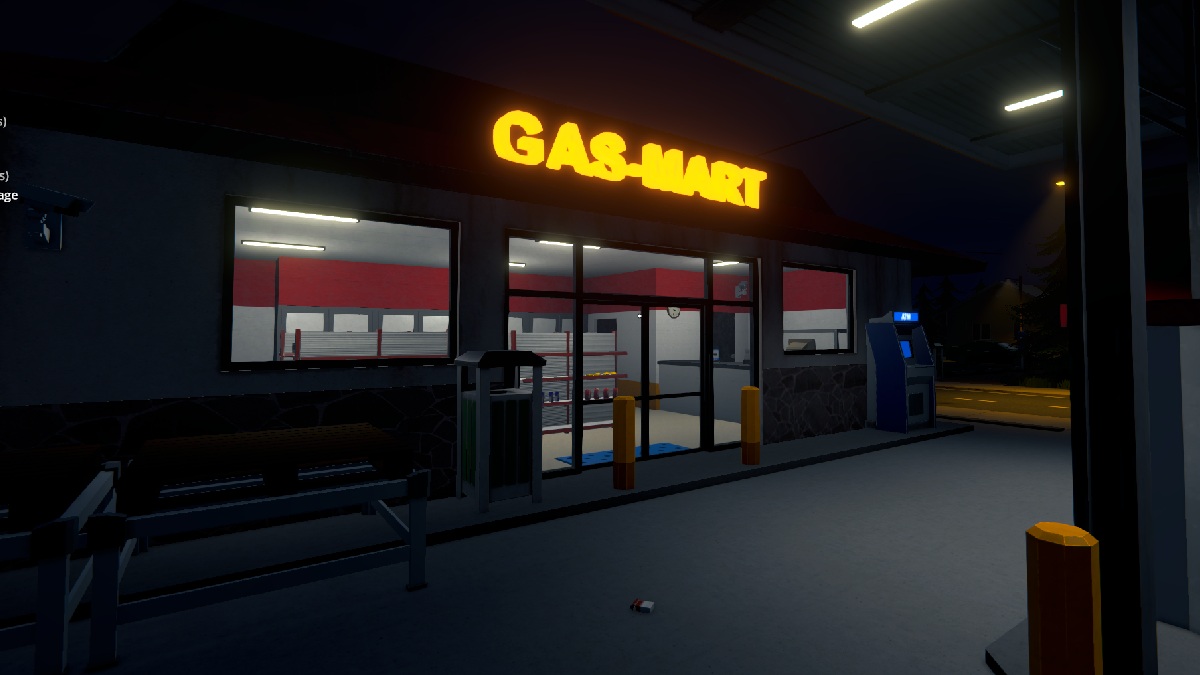
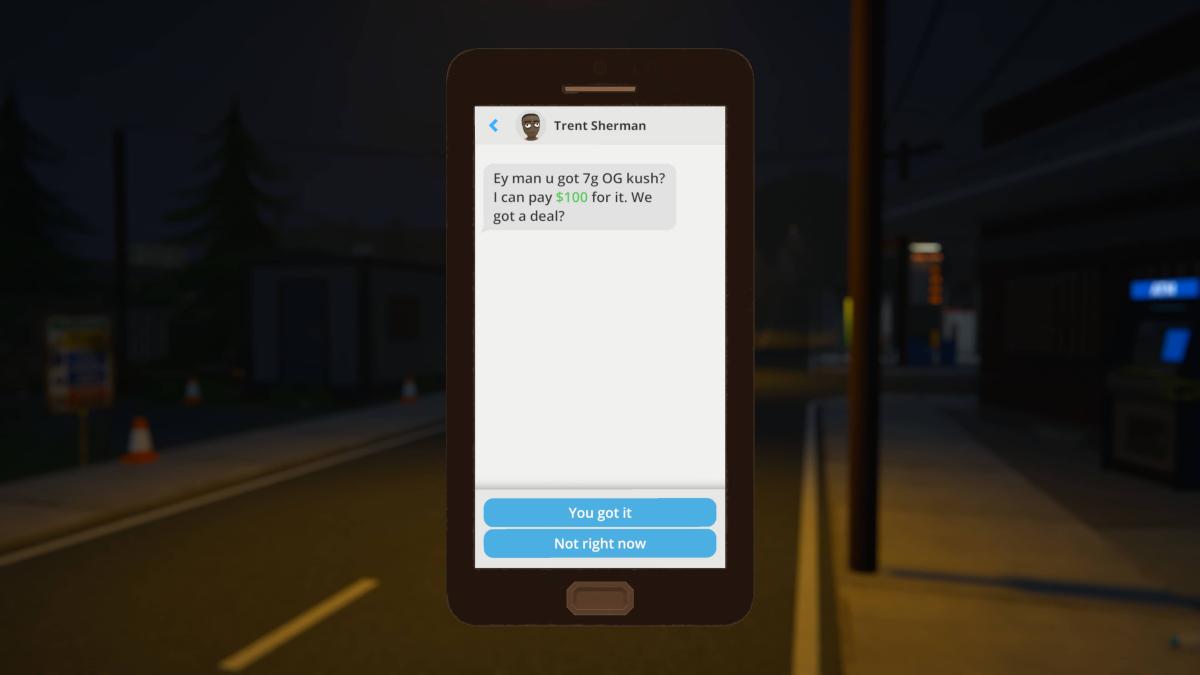
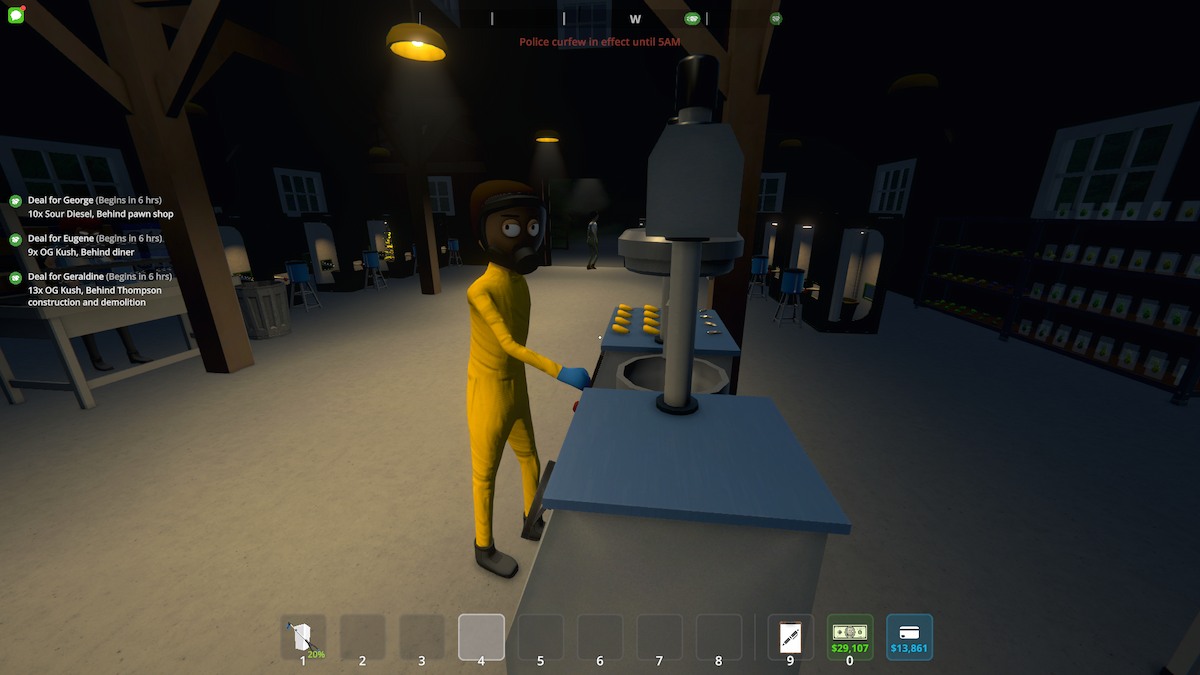

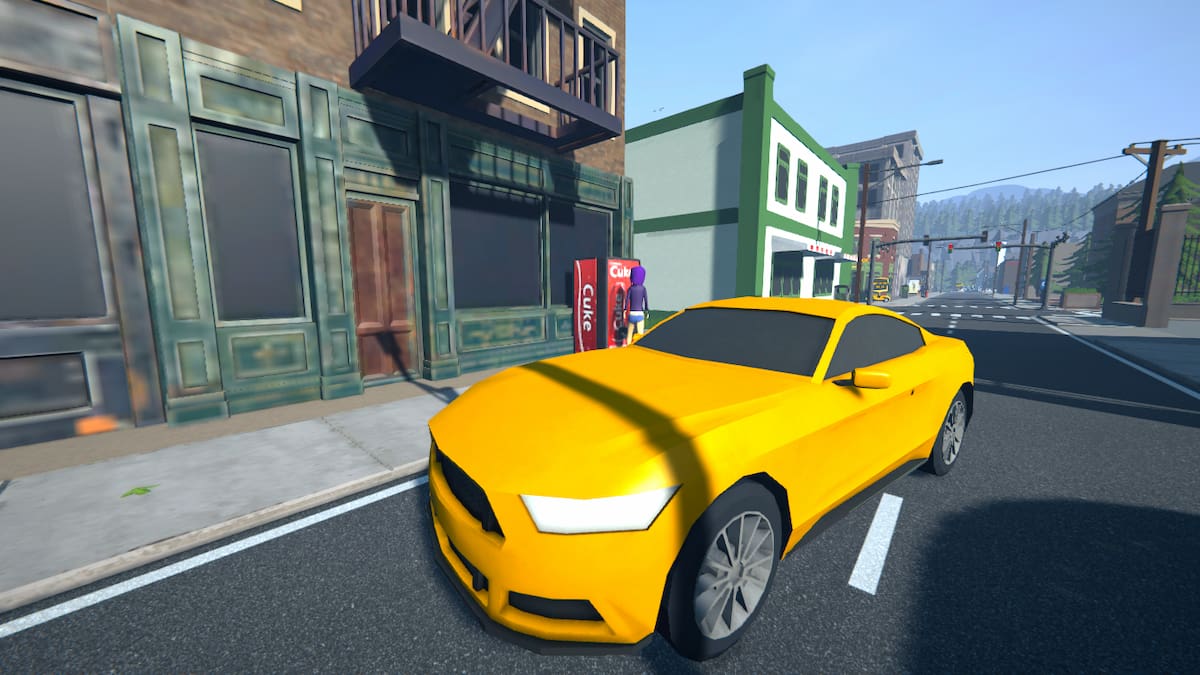


Published: Oct 27, 2022 01:29 pm